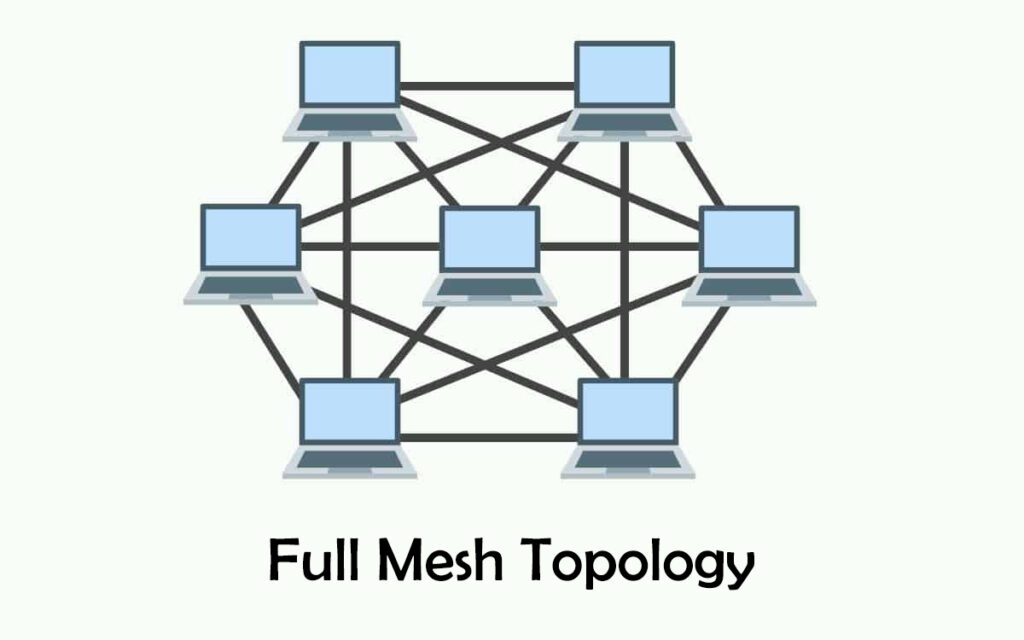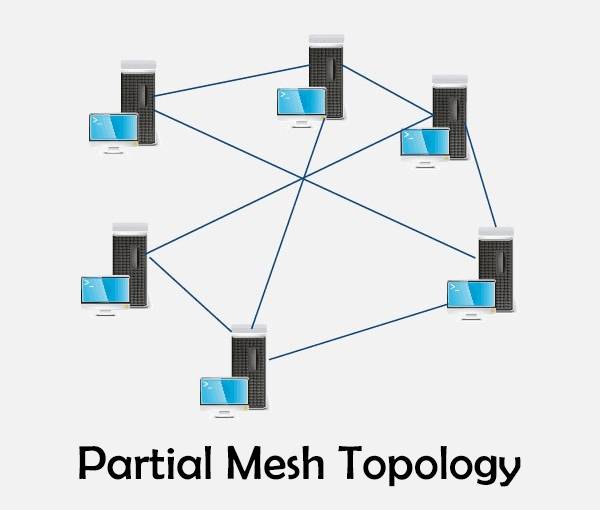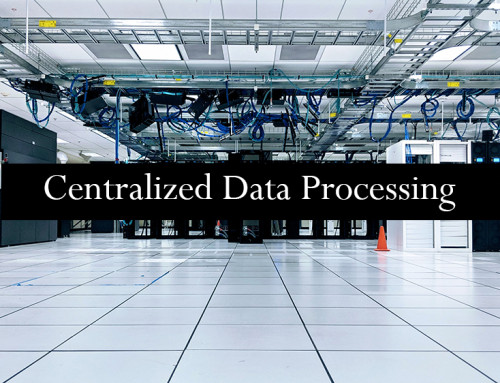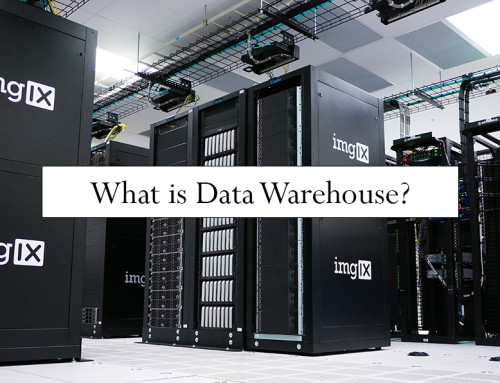What is mesh topology
“A type of network topology in which every node or device is connected to every other node or device in the network”
Every node transfers its data but also receives data from other connected nodes. This type of topology is used in a wireless network and wide area network. All the nodes are directly connected i.e. point-to-point connection is made between every two nodes.
The number of total connections in mesh topology can be calculated as n(n-1)/2. That means if there are 5 nodes then 5(5-1)/2=10. So there are a total of 10 connections if the numbers of nodes are 5.
There is no need for a central computer, hub or switch and all nodes are connected without involving any central device.
Types of mesh topology
There are two types of mesh topology
Full Mesh topology
In a full mesh topology, all nodes/devices are directly connected. The type of redundancy is increased in a full-mesh topology. These types of network topology are used in the backbone network. If there is high traffic between any nodes then other routes are chosen for traffic balancing.

Every node is connected to n-1 nodes. That means if you have 5 nodes then every node is connected to 4 nodes. Full mesh topology is expensive than partial mesh topology.
Partial Mesh Topology
In a partial mesh topology, every node/device is directly or indirectly connected to each other. This topology is more economic than full mesh topology. It has less redundancy. Partial mesh has fewer routes to travel data across the network.

In a partial mesh topology, some nodes are normally connected while other nodes are connected to 1 or 2 devices. If any computer/device fails then other devices are not affected.
Advantages of mesh topology
Some features are mesh topology are:-
Dedicated link: Each connection in this topology is made as a dedicated link and every link can manage its data. Data travel between every node without any traffic problem. Multiple devices can transmit the data simultaneously.
Robust: If any connection between two nodes is lost then it can be recovered by itself. Other traffic cannot be affected if any connection is lost. As there is a point-to-point connection so traffic delay or congestion will not happen and data travel without any issue.
Adding new devices: New devices can be added without disturbing the network traffic. New nodes will not face any issue in data transfer as there are many nodes connected to the new device and data can travel through any route available.
Failure of link: if any link between two nodes is lost then other links will work fine. Suppose computer A is connected to computer B, C and D. If the connection between computer A and computer B is failed then the connection between computer A and computer C and D will still work.
Passing message: Messages can be exchanged between two nodes quickly if the route between the two nodes is short. Messages will go to the target device instantly as there are many routes available.
Privacy and security: As no external device is connected to the network so it has high privacy and security. Only authorized users can use the network. The virus and threating attacks are not possible in this network. Data travels securely in this network.
Fault recovery: Fault can be easily identified in this topology and quickly fixed. As there are dedicated link between every two nodes so the fault can be isolated without any issue.
No centralized control: There is no need for central device/hub/switch and thus no central control needed in the network. Every computer can transfer/receive data without any central administration.
Disadvantages of mesh topology
Some drawbacks of mesh topology are:-
High cables quantity: There are more cables needed to connect to other devices. For example, computer A is connected to 4 other devices so there are 4 input/output ports required and also additional cables are required to make the connection with 4 devices. Similarly, if there are many computers/devices so the number of cables increases.
Time consumption: Maintaining this network requires more time and is difficult to make.
Installation is difficult: If there is any connection left between any of the two nodes then it is difficult to find which connection is missing. Reconnecting two devices is also sometimes difficult.
Redundancy issue: Redundant connections are high in this network and it creates a problem in reducing redundant connections in the network.
Extra hardware required: As there are many direct connections so there is a need for many hardware devices so it becomes expensive to make such a network. Bulk wiring is required that mean additional hardware is needed.
Implementation problem: Full mesh topology is difficult to implement and there is a limited implementation in the network.
Compare to other topologies: This topology is extensive than other topologies like bus topology and star topology. Also, this topology consumes more electric power than other topologies.
Examples of mesh topology
- Telephone regional offices in which every regional office is connected to every other regional office
- It is used in a wide area network
- Military organizations also use this topology
- Electric and gas companies use this topology to check meters automatically
- This topology is also used in wireless network
- Cities often use this topology to check street lights, sewage system and traffic flow
- Police and fire services also use wireless mesh topology for their services




